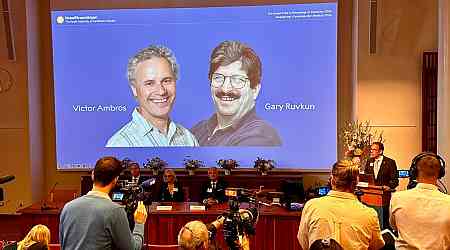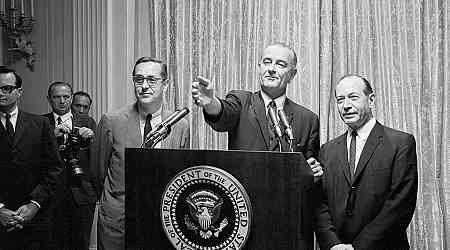
The first time Palestinian photographer Saher Alghorra spoke with TIME about his experience documenting the death and destruction in his native Gaza, Israel’s retaliation for the Oct. 7 massacre had barely begun. The impact already was utter devastation. Alghorra’s earliest images captured plumes of smoke emerging where towering apartment blocks once stood, scenes of grief-stricken parents mourning their children, and entire communities rummaging through the rubble of their neighborhoods, searching for survivors.
[time-brightcove not-tgx=”true”]A year later, the 28-year-old is still documenting the lived experience of Palestinians in a place with scars visible from space. But for all of the images of physical destruction, Alghorra’s most profound photographs are of the human impact. In one, he found a Palestinian child crying in the rain as she and others wait for food to be distributed outside a refugee camp in the southernmost city of Rafah. Insufficient humanitarian aid reaching the Strip means that for most people, one meal a day is the most they can hope for. Dozens of children have died of starvation.
(Warning: Some of the following images are graphic in nature and might be disturbing to some viewers.)

In another photo, a Palestinian family sits in the living room of their dilapidated home in Khan Yunis. The walls are scorched black and the infrastructure is crumbling, but it’s preferable to the alternative—the crowded tents where the vast majority of people in Gaza, including Alghorra, are now living. Since being forced to leave his home in Gaza City in the early days of the war, he now shares a tent with colleagues next to the Nasser Medical Complex, one of Gaza’s last remaining hospitals.


“Covering this war has been difficult and full of risks,” Alghorra says. At least 116 journalists and media workers have been killed doing so since the war began, according to the Committee to Protect Journalists—the deadliest period for journalists since the organization began gathering data in 1992. Alghorra attributes his survival to “God’s kindness and our strong belief that nothing will happen to us except what God has written for us.” Still, he says the fear of death follows him everywhere. “We have become numb.”

Not all of Alghorra’s photos depict despair, plentiful as it is. In one photograph, captured in September, a Palestinian teacher is seen drawing on a whiteboard in a makeshift classroom built under a tent. The 30 students sitting cross-legged on the floor haven’t received a proper education in a year, and most of Gaza’s schools and universities having been destroyed.

In another image, displaced Palestinians are gathered on Gaza’s seashore, the waves of the Mediterranean a respite from heat and, for many, the only accessible bathing for miles. Another photo shows a young Palestinian boy decorating his family’s tent with fairy lights to mark the holy month of Ramadan. “I am determined to show the beautiful side and stories of success and resilience amid this genocide that my people are facing,” says Alghorra. (In January, the International Court of Justice issued an interim judgment that there is a plausible risk of Israel committing genocide in Gaza. A definitive ruling, however, could be years away. Israel says it is following international law.)



Steadfastness, sumud in Arabic, has long been considered a Palestinian cultural trait. But for Alghorra, the images show more than that. “We are a people who love life and are holding onto it,” he says, “because we are a people who deserve to live in peace.”


As the war enters its second year, Alghorra says his work has changed. “Finding stories of suffering is easy and present on every street,” he says, although not everyone wants their suffering to be captured. At the beginning, many Palestinians may have believed that such images could compel the world to act—to help bring an end to their suffering. But no longer. “We see and feel that the outside world is no longer as concerned as before,” Alghorra says. “Sadly, Gaza and its people have been left to live in hardship and suffering, unnoticed by anyone. I fear that life will remain as it is now, with forced adaptation to life in camps.”
But these images will stay with Alghorra forever. Of the thousands he’s made over the 12th months, he says the most impactful was from the emergency room at Gaza’s Al-Shifa Hospital, where a woman bid farewell to her young daughter who was killed in a nighttime bombing of their home.
“The mother’s scream,” he says, “still rings in my ears to this day.”
























